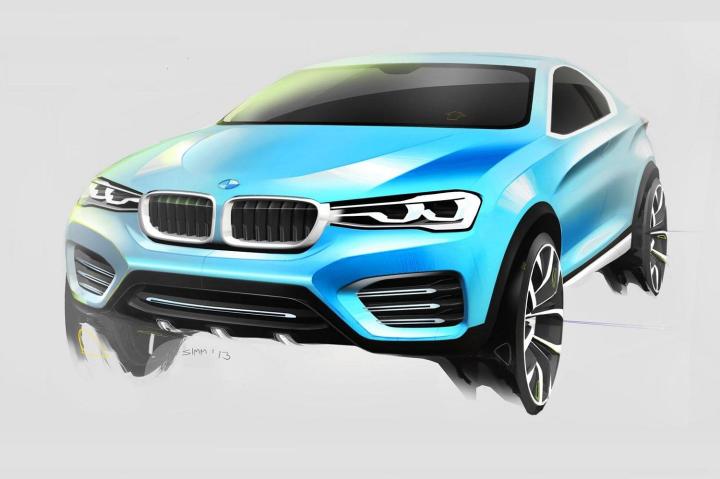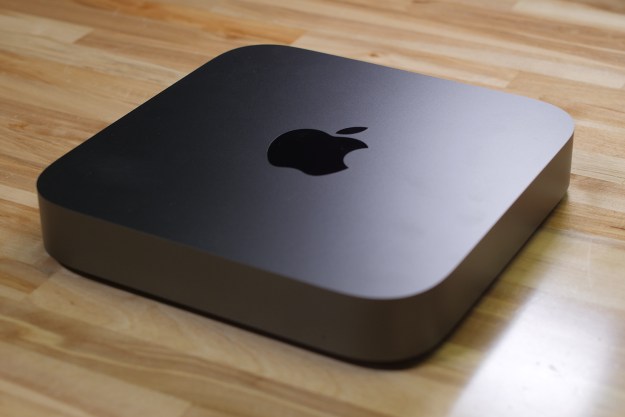
The Urban Cross will be built on BMW’s UKL front-wheel drive platform, a relatively new chassis that is also found under the 2 Series Active Tourer and both the three- and five-door variants of the third-gen MINI Hardtop. Its design has not been finalized yet but preliminary reports indicate that it will weigh about 2,850 pounds and that it will stretch roughly 157 inches long, making it a few inches shorter than the current MINI Countryman. The crossover will go head-to-head against the upcoming Audi Q1.
Visually, the Urban Cross will feature a front end that will fall in line with BMW’s next design language and a X6-like sloping roofline. Inside, it will adopt the next generation of BMW’s infotainment technology that will be controlled exclusively by a touch screen, not by a controller knob located on the center console. Trunk space will check in at just 11.6 cubic inches, though BMW believes that the crossover’s young, urban-dwelling target audience will put more of an emphasis on form than on function.
Like the aforementioned 2 Series Active Tourer, the Urban Cross will be offered with wide palette of gasoline- and diesel-burning three- and four-cylinder engines borrowed directly from the BMW parts bin. An all-electric model will be available a few years into the production run, but BMW is still on the fence about whether or not to offer a plug-in hybrid drivetrain.
German magazine Auto, Motor und Sport predicts that the BMW Urban Cross will make its debut next year, possibly at the Paris Motor Show, and that it will land in showrooms in 2017. While buyers in Europe will have yet another Lilliputian crossover to choose from, don’t expect to see the Urban Cross make the trip over the Atlantic due to its tiny footprint.
Editors' Recommendations
- The Toyota Urban could be the low-cost electric crossover we’ve been waiting for
- The BMW i7 M70 is an electric limousine that does supercar speeds
- BMW scraps its unpopular approach to heated seats
- BMW i4 vs. Tesla Model 3: Which EV sedan is better?
- CES 2023: BMW is going all-in on Android Auto Open Source – here’s why




